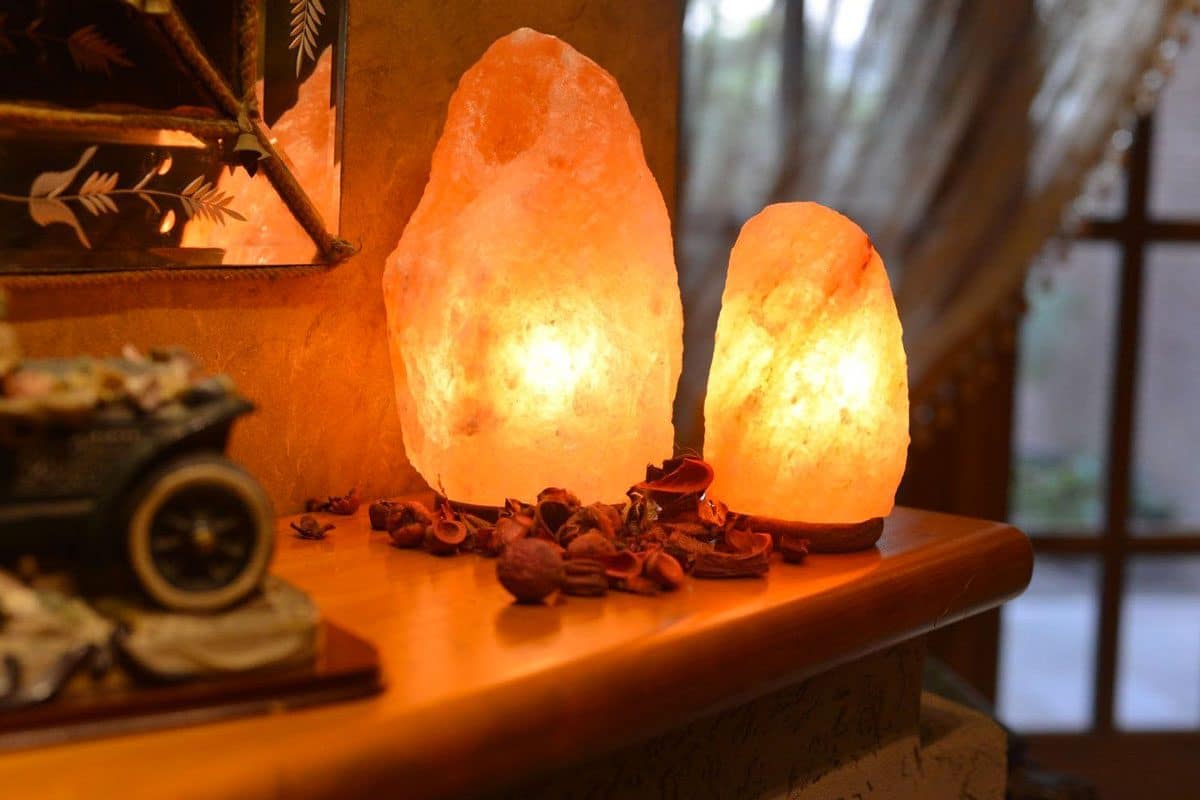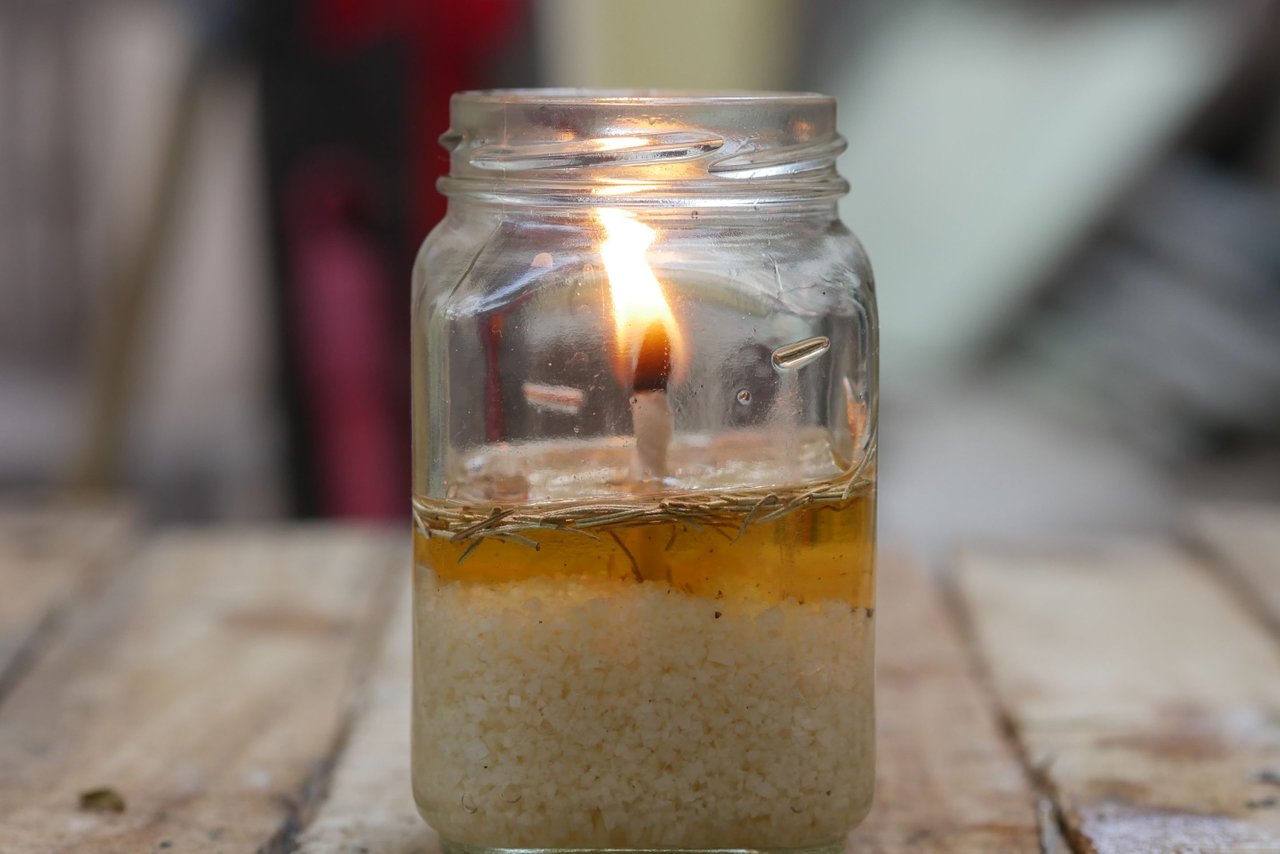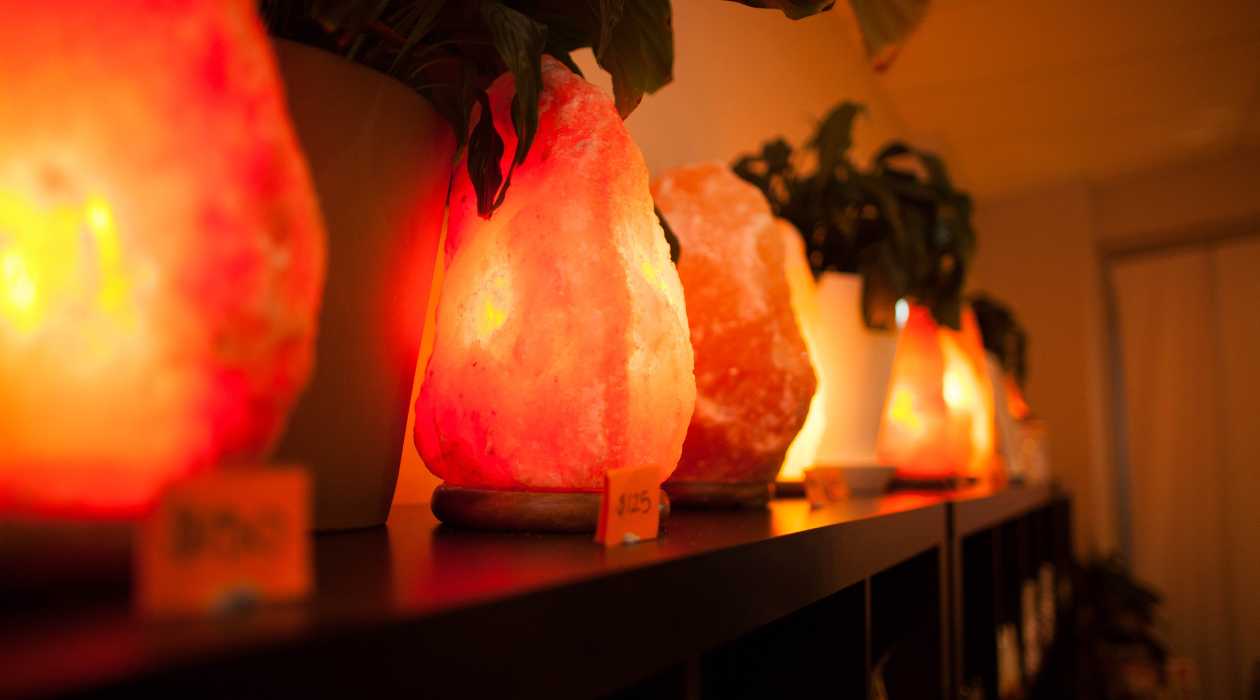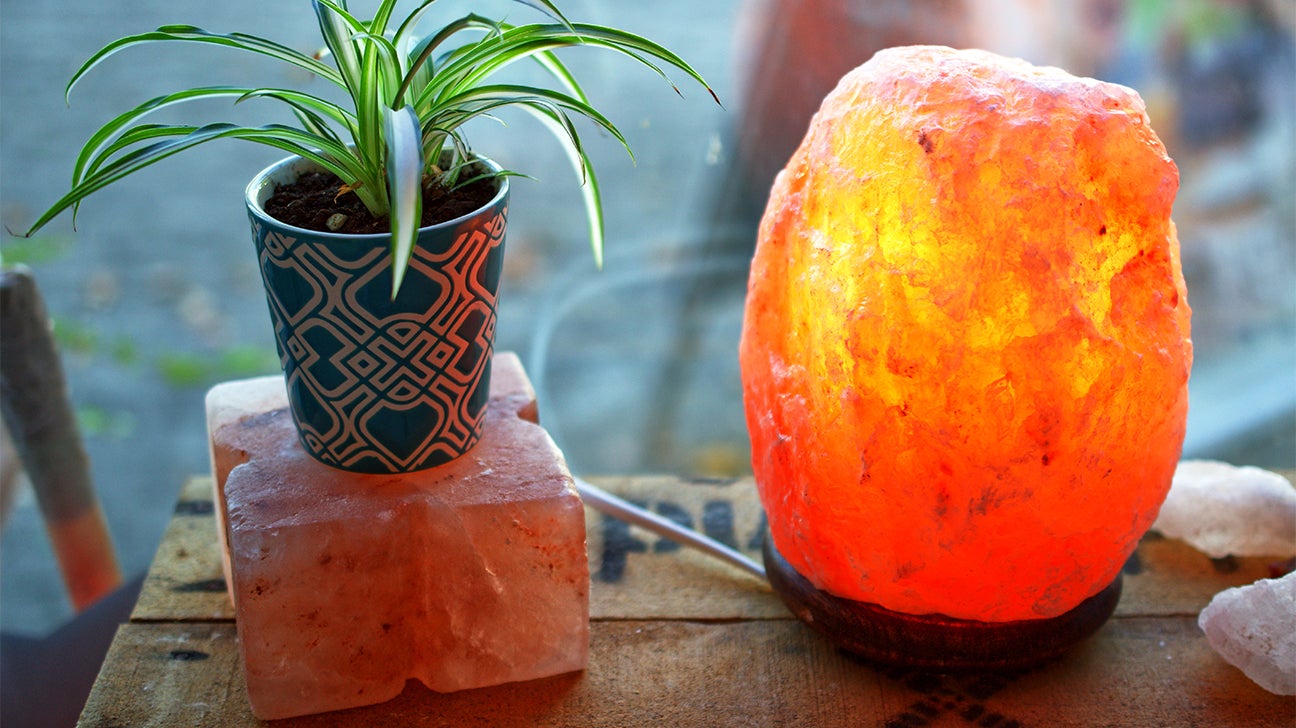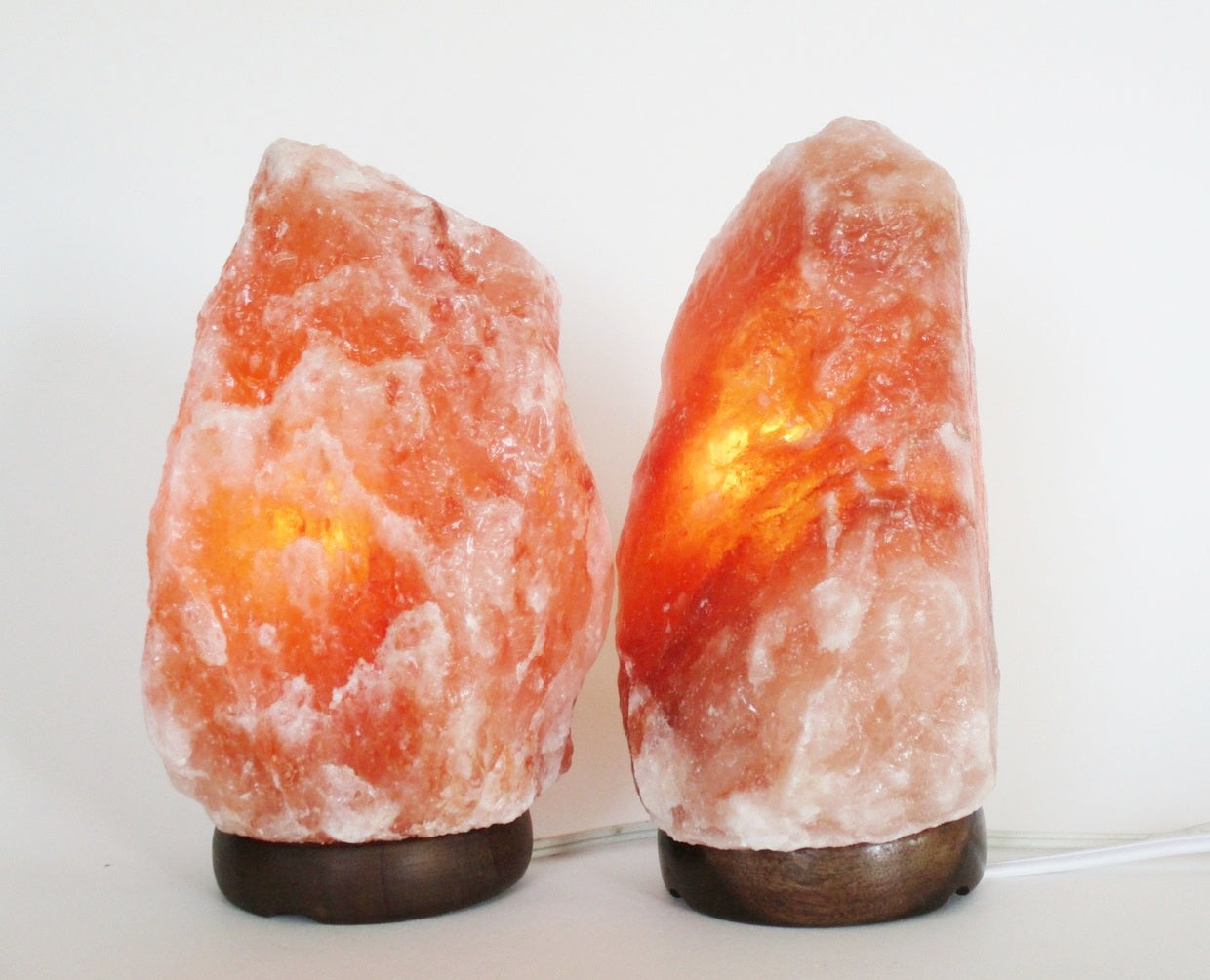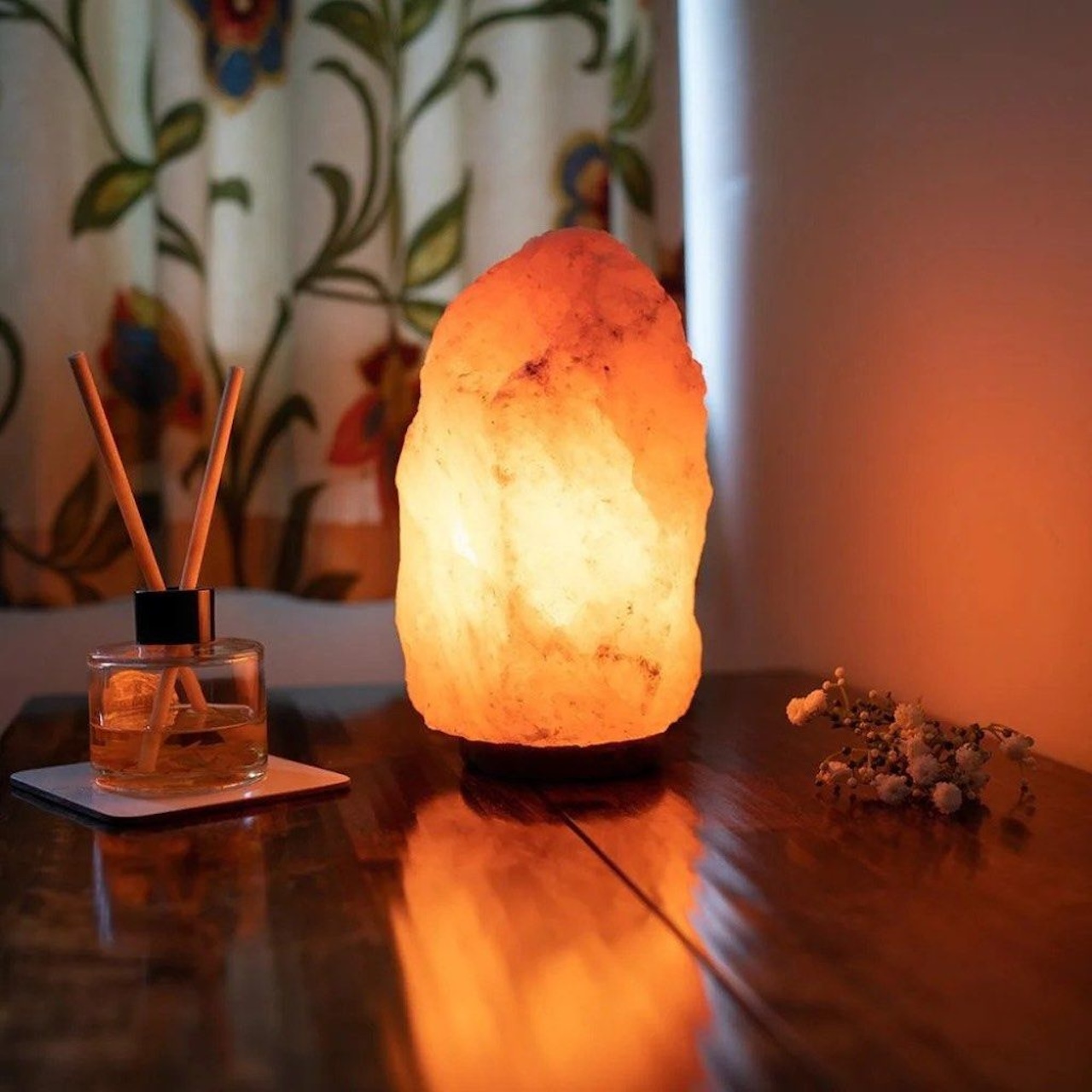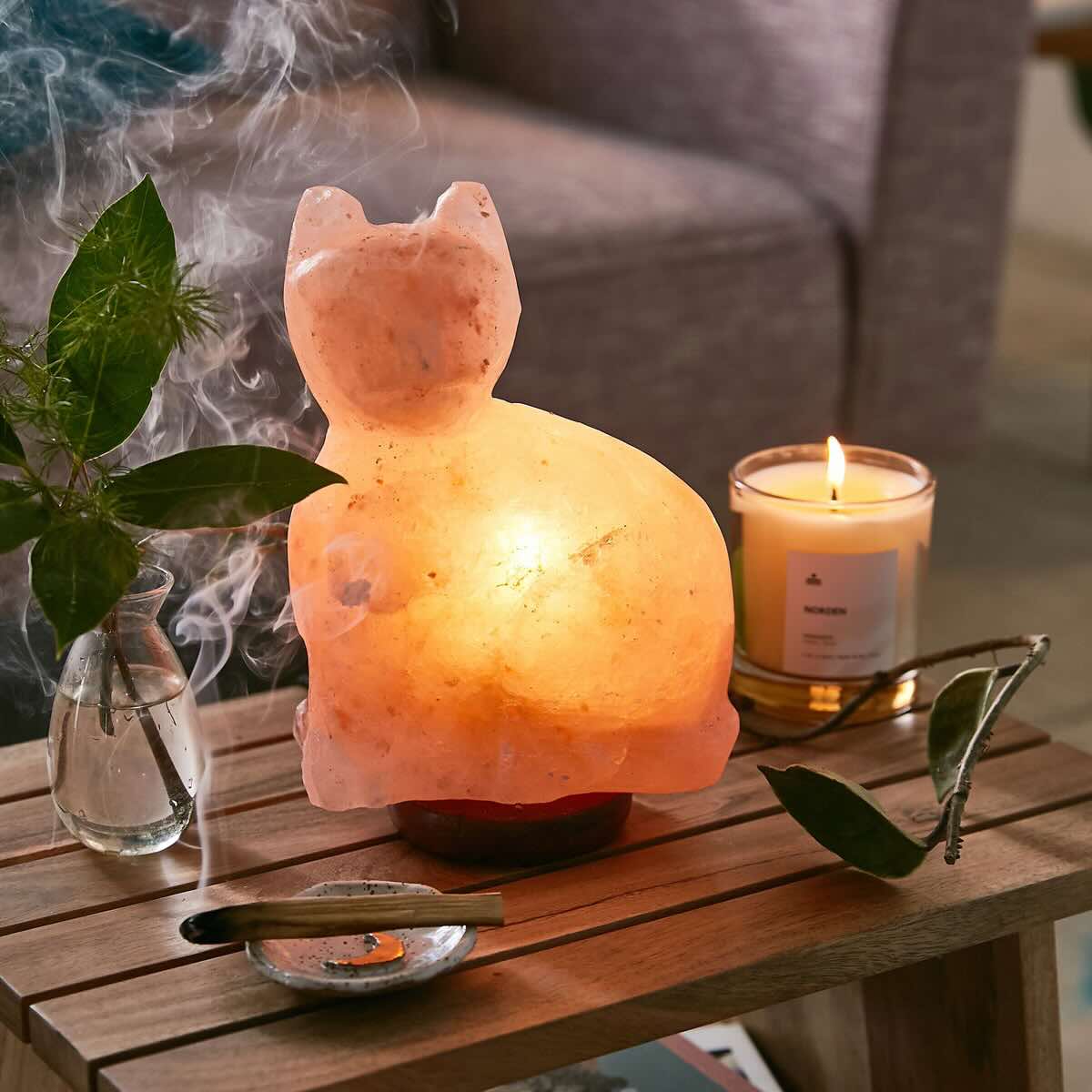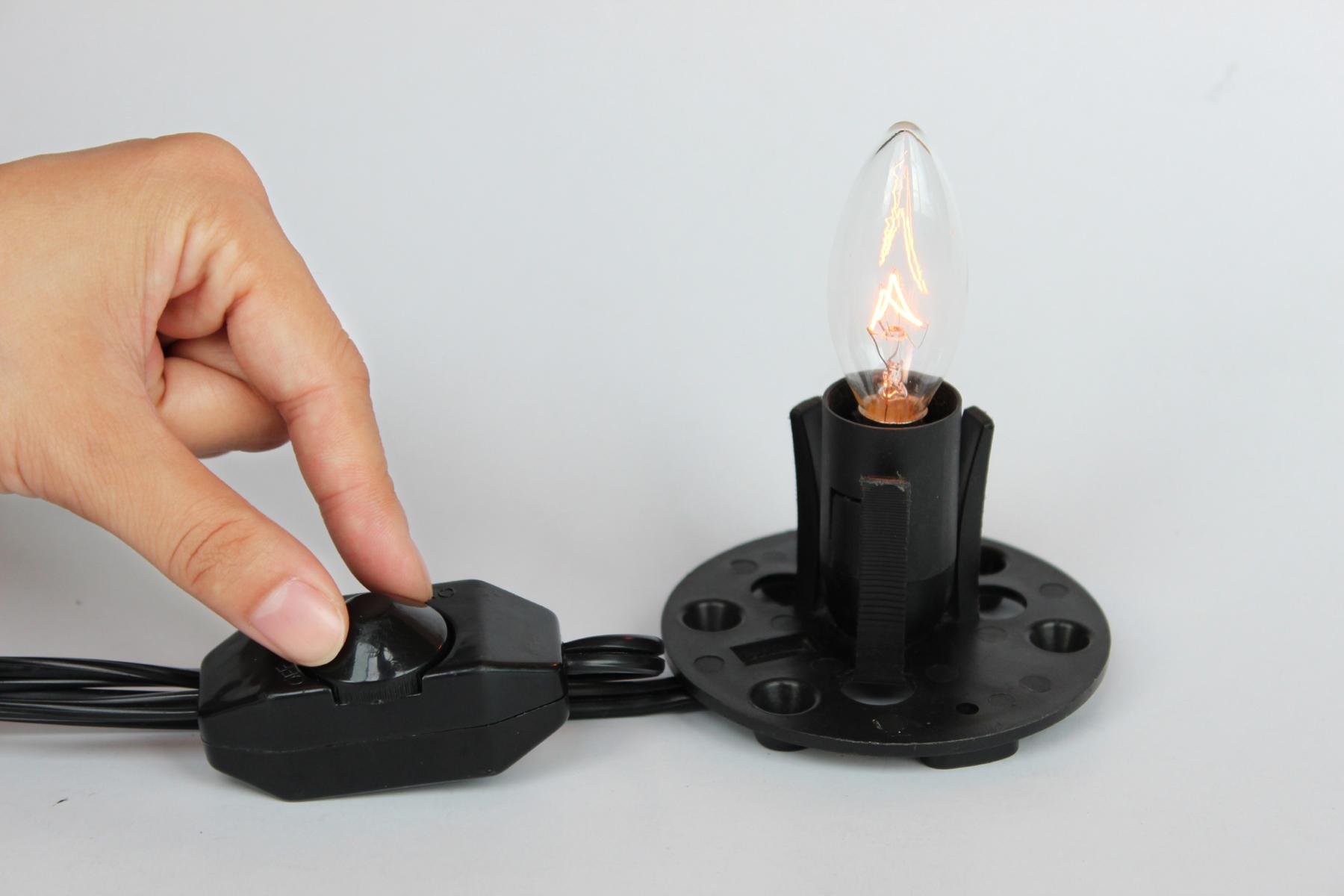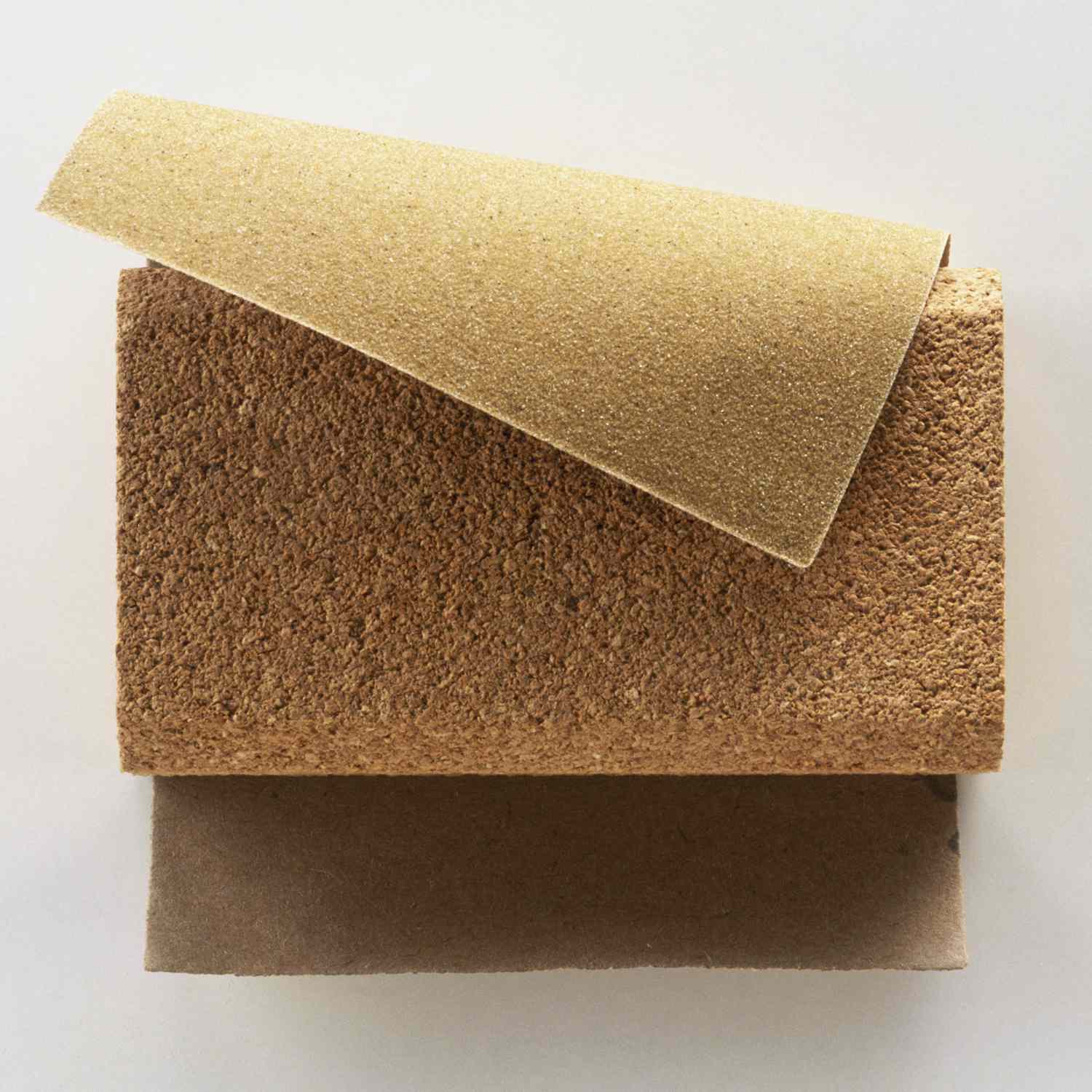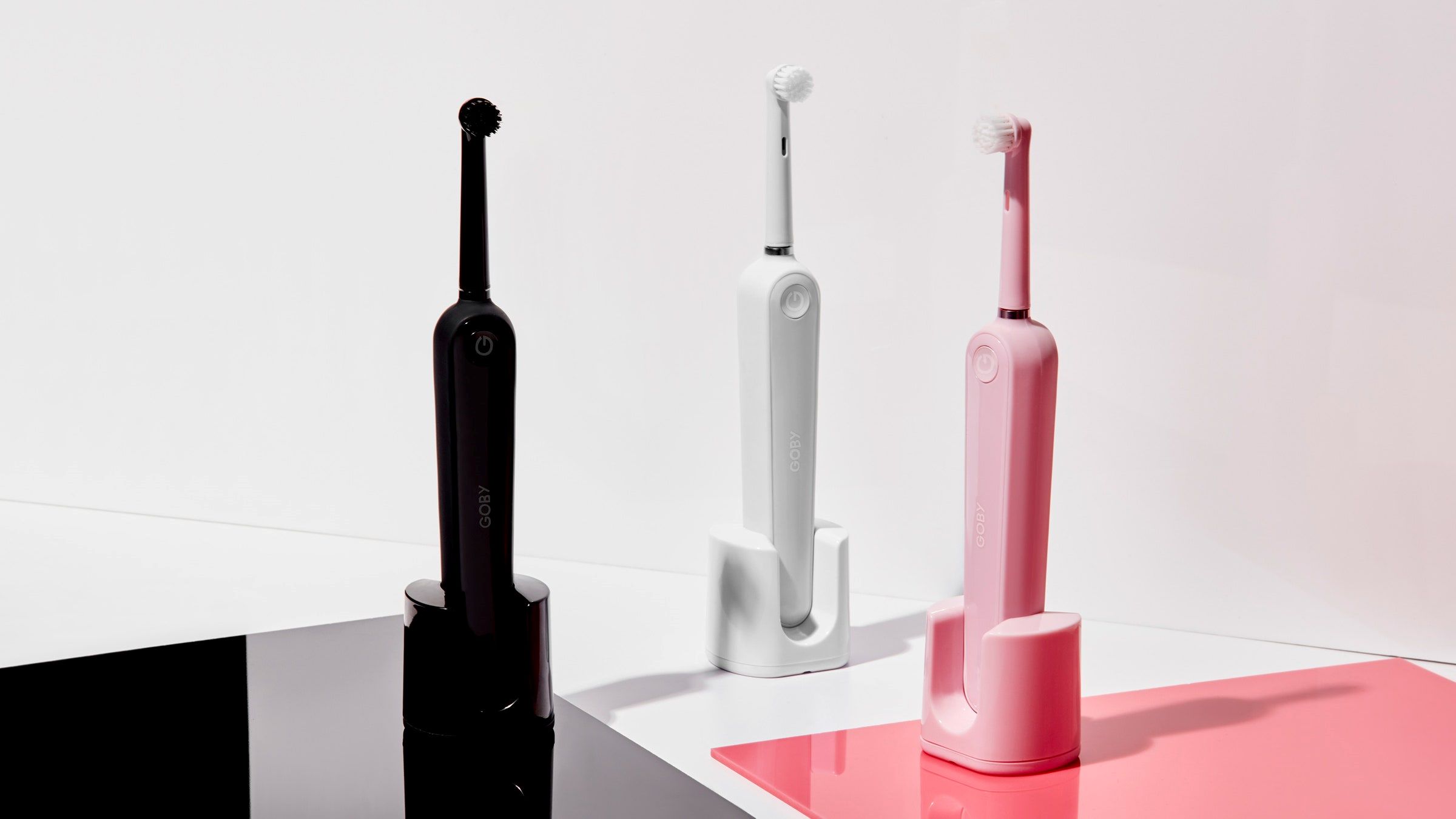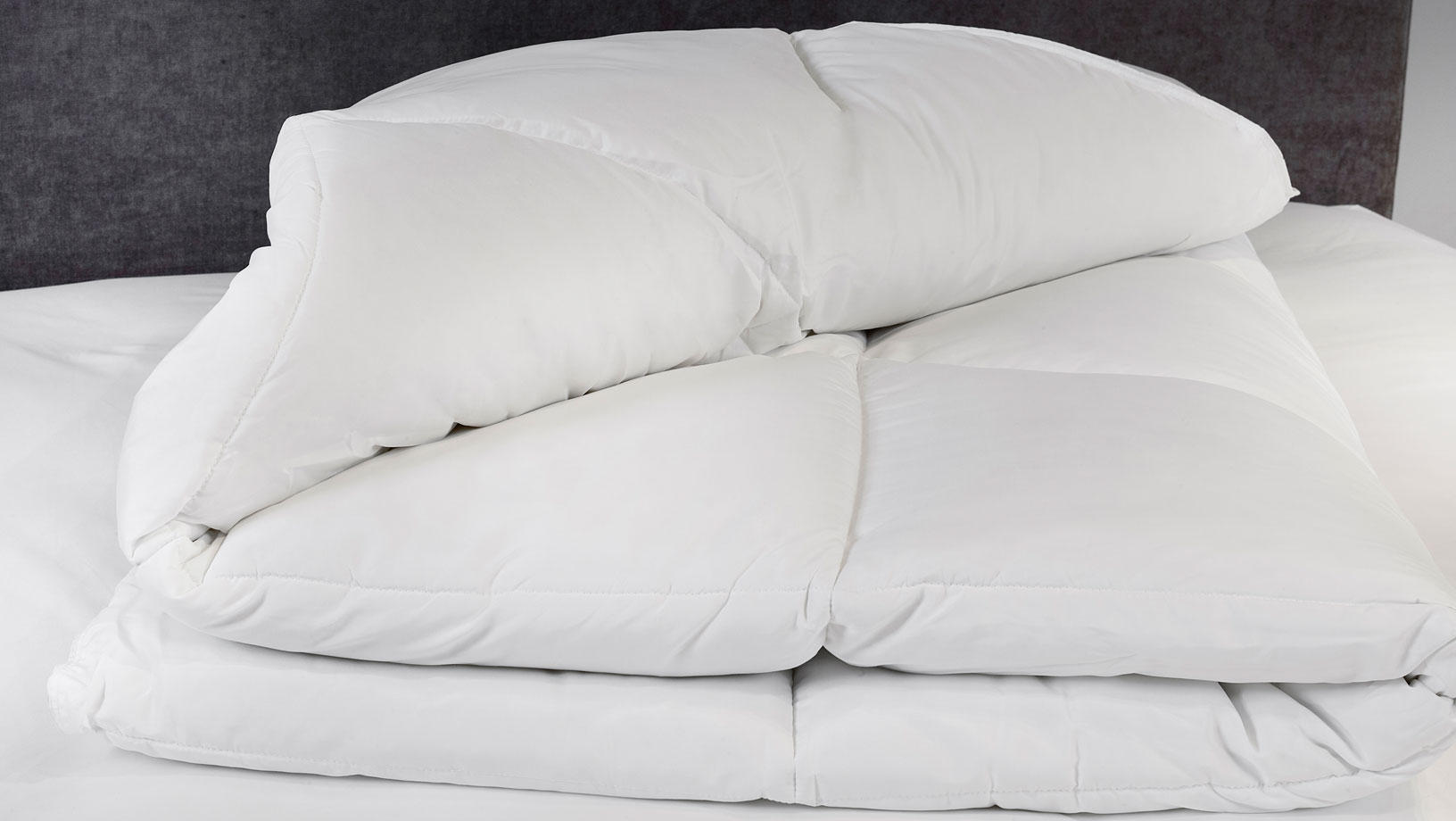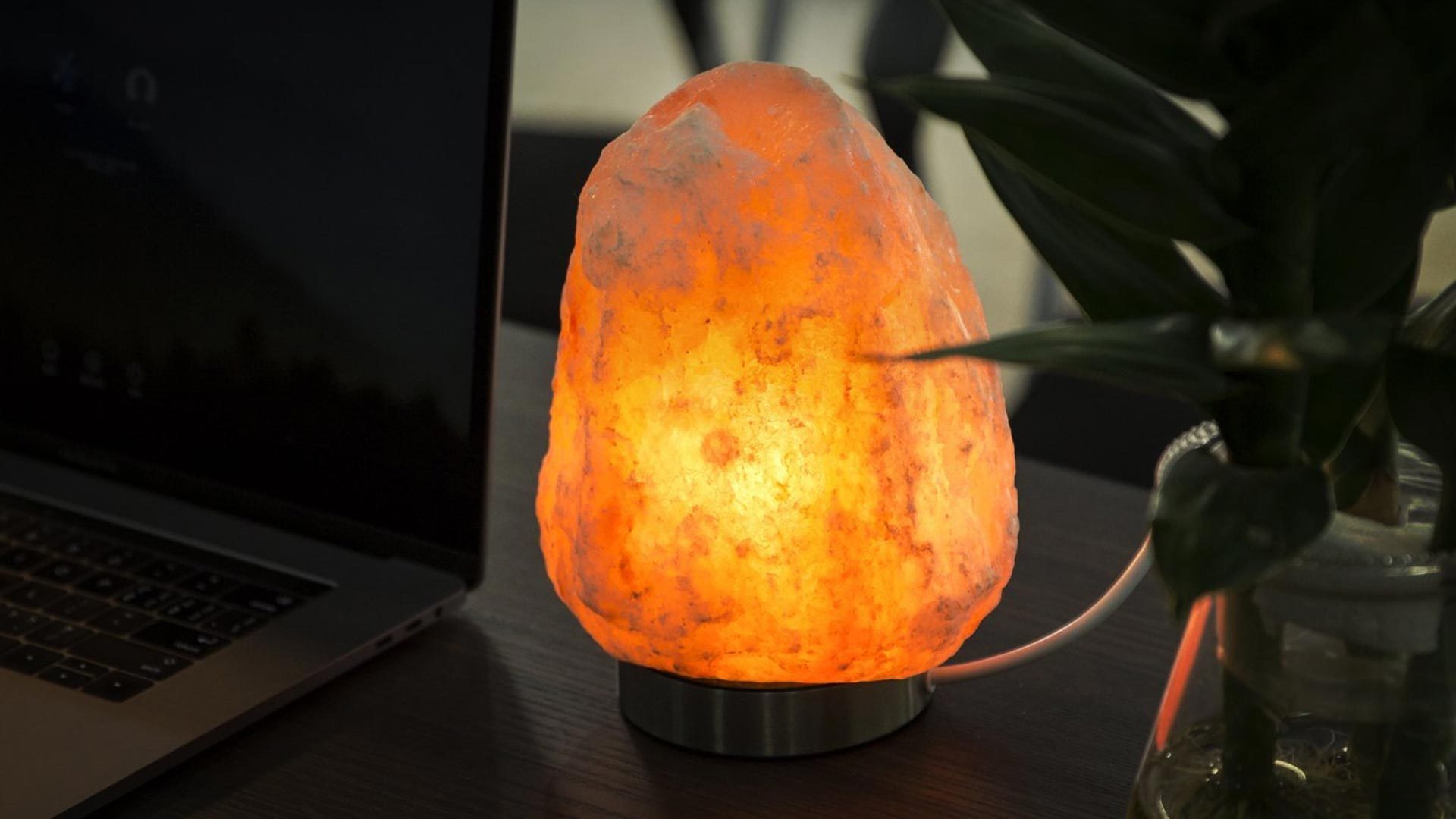

Furniture
How Long Does A Himalayan Salt Lamp Last
Modified: November 1, 2024
Discover the longevity of Himalayan salt lamps. Find out how long these beautiful furniture pieces can last and bring a soothing ambience to your space.
(Many of the links in this article redirect to a specific reviewed product. Your purchase of these products through affiliate links helps to generate commission for Storables.com, at no extra cost. Learn more)
Introduction
Imagine coming home after a stressful day, seeking solace in the soft, warm glow emanating from your Himalayan salt lamp. These stunningly beautiful pieces of natural art not only serve as decorative elements in your home but also claim to have numerous health benefits. However, like any other item, a Himalayan salt lamp has a limited lifespan and requires proper care to ensure it lasts as long as possible.
In this article, we will delve into the world of Himalayan salt lamps, exploring what they are, how long they typically last, and the factors that affect their lifespan. We will also discuss the importance of proper maintenance and care to extend the life of your salt lamp and when it might be time to consider replacing it.
So, grab a cup of tea, sit back, and let’s dive into the fascinating world of Himalayan salt lamps!
Key Takeaways:
- Himalayan salt lamps last 1-2 years and need proper care. Factors like crystal quality, bulb type, and usage affect lifespan. Regular maintenance and recognizing signs for replacement are crucial.
- To make your salt lamp last, keep it dry, use a low-wattage bulb, and handle it gently. Look out for erosion, crumbling crystals, and dimming glow as signs for replacement.
Read more: How To Dispose Of A Himalayan Salt Lamp
What is a Himalayan salt lamp?
A Himalayan salt lamp is a unique and captivating piece of home decor that is made from a large chunk of 100% natural Himalayan salt. These lamps have gained popularity in recent years due to their stunning appearance and claimed health benefits.
The salt used to create these lamps is mined from the Khewra Salt Mine in Pakistan, located at the foothills of the Himalayas. It is believed to be millions of years old and has been formed by the evaporation of ancient seas. The salt contains numerous minerals, including calcium, potassium, magnesium, and iron, which give it its distinctive pink hue.
Himalayan salt lamps are typically carved into various shapes, such as pyramids, spheres, and natural rock formations. They are hollowed out to allow for the placement of a light bulb or candle inside. When illuminated, the lamp emits a warm, soothing glow, creating a tranquil ambiance in any space.
Aside from their aesthetic appeal, Himalayan salt lamps are often touted for their potential health benefits. It is claimed that the lamps release negative ions into the air when heated, which can help purify the surrounding environment. Negative ions are believed to counteract the positive ions emitted by electronic devices and pollutants, potentially improving air quality and promoting a sense of well-being.
While there is limited scientific evidence to support these claims, many people find the soft glow and calming presence of a Himalayan salt lamp to be a soothing addition to their home or workspace.
The lifespan of a Himalayan salt lamp
The lifespan of a Himalayan salt lamp can vary depending on several factors. On average, a well-maintained salt lamp can last anywhere from 1,000 to 2,000 hours of use. This translates to approximately one to two years of continuous operation.
It’s important to note that the lifespan of a salt lamp is influenced by the size and quality of the salt crystal, as well as the wattage of the bulb used. Larger lamps with higher-quality salt crystals tend to last longer compared to smaller or lower-quality counterparts.
Furthermore, the type of bulb used can affect the lifespan of the lamp. It is recommended to use a low-wattage bulb, typically between 7 to 15 watts, to prevent excessive heat that may cause the salt crystal to deteriorate more quickly. LED bulbs are another great option, as they emit minimal heat and consume less energy.
Keep in mind that the lifespan of a salt lamp is also influenced by the frequency and duration of use. If the lamp is left turned on for extended periods or used on a daily basis, its lifespan may be shorter compared to lamps that are used less frequently.
Additionally, consider the location of the salt lamp. Placing it in areas with high humidity, such as bathrooms or kitchens, may accelerate the natural erosion process of the salt crystal, potentially reducing its lifespan.
It’s important to note that the lifespan of a Himalayan salt lamp should not be confused with the depletion of its salt content. Salt lamps do not “melt” or dissipate over time. However, the salt crystal may slowly erode as a result of moisture absorption, especially in humid conditions. This erosion can lead to changes in the lamp’s appearance over time but does not necessarily affect its functionality.
To maximize the lifespan of your salt lamp, it is crucial to follow proper maintenance and care practices, which we will explore in the next section.
Factors that affect the lifespan of a Himalayan salt lamp
While Himalayan salt lamps are known for their longevity, several factors can affect their lifespan. Understanding these factors can help you take appropriate measures to extend the life of your salt lamp.
1. Quality of the salt crystal: The quality of the salt crystal used in the lamp directly impacts its durability. Higher quality salt crystals are less likely to deteriorate quickly, allowing the lamp to have a longer lifespan. When purchasing a salt lamp, ensure you choose one made with 100% natural Himalayan salt from a reputable source.
2. Size of the salt lamp: The size of the salt lamp can also play a role in its lifespan. Larger lamps typically have thicker salt crystals, which are more resistant to erosion. Smaller lamps, on the other hand, may wear down more quickly. If durability is a priority, consider opting for a larger-sized salt lamp.
3. Type of bulb used: The bulb used in the salt lamp can significantly impact its lifespan. It is essential to use a low-wattage bulb, such as a 7 to 15-watt incandescent bulb or an LED bulb. These bulbs emit less heat, reducing the risk of overheating the salt crystal and prolonging the lamp’s life.
4. Frequency and duration of use: The more frequently a salt lamp is used, the shorter its lifespan will be. Continuous and prolonged use can accelerate the erosion of the salt crystal. To extend the lamp’s lifespan, consider using it for shorter periods or alternating it with other light sources.
5. Environmental factors: The environment in which the salt lamp is placed can also impact its lifespan. High humidity levels, such as in bathrooms or kitchens, can expedite the erosion process. Excessive moisture can cause the salt crystal to dissolve more quickly, reducing the lamp’s lifespan. It is best to place the salt lamp in a dry area with moderate humidity.
By considering these factors and taking appropriate measures, you can help maximize the lifespan of your Himalayan salt lamp and continue to enjoy its warm glow and potential health benefits for years to come.
To extend the lifespan of your Himalayan salt lamp, keep it away from moisture, use a low-wattage bulb, and clean it regularly to remove dust and debris.
Proper maintenance and care for a Himalayan salt lamp
Maintaining and caring for your Himalayan salt lamp is essential for ensuring its longevity and optimal performance. Here are some tips to help you properly maintain and care for your salt lamp:
1. Keep it dry: Salt is hygroscopic, meaning it absorbs moisture from the air. To prevent excessive erosion and prolong the lifespan of your salt lamp, keep it in a dry area away from humid environments, such as bathrooms or kitchens. If you live in a particularly humid climate, you may want to consider using a dehumidifier in the room where the salt lamp is placed.
2. Avoid direct contact with water: Salt lamps are not designed to be submerged in water or cleaned with water. If your lamp gets dusty, gently wipe it with a dry or slightly damp cloth. Be sure to unplug the lamp and let it dry completely before turning it on again.
3. Use a soft brush or cloth: Over time, dust and debris can accumulate on the surface of your salt lamp. To remove any dirt or grime, lightly brush it with a soft brush or wipe it with a clean, dry cloth. Avoid using abrasive materials or harsh chemical cleaners, as they can damage the salt crystal.
4. Regularly turn it on: Salt lamps are meant to be illuminated. When you turn on the lamp, the heat from the bulb helps to evaporate any accumulated moisture. It also helps to generate negative ions, which can contribute to a cleaner and more balanced environment. Aim to turn on your salt lamp for at least a few hours each day to help maintain its condition.
5. Use the right bulb: As mentioned earlier, using the correct bulb is crucial for the lifespan of your salt lamp. Choose a low-wattage incandescent bulb or an LED bulb suitable for the size of your lamp. Avoid using high-wattage bulbs that generate excessive heat, as this can cause the salt crystal to deteriorate more quickly.
6. Handle with care: Himalayan salt lamps are delicate, and mishandling them can lead to damage. Always handle your lamp with clean, dry hands, as oils and moisture from your hands can affect the salt crystal. When moving or transporting the lamp, be gentle and avoid dropping or banging it against surfaces.
By following these maintenance and care practices, you can help ensure that your Himalayan salt lamp stays in excellent condition, prolonging its lifespan and allowing you to enjoy its mesmerizing glow for many years.
Read more: What Is A Himalayan Salt Lamp Good For?
Signs that indicate a Himalayan salt lamp needs replacement
While Himalayan salt lamps are known for their durability, there may come a time when your lamp needs to be replaced. Here are some signs to look out for that indicate your salt lamp may need replacement:
1. Excessive erosion: Over time, the salt crystal of your lamp will naturally erode, but if you notice significant erosion or the lamp’s shape changing drastically, it may be a sign that it needs to be replaced. Excessive erosion can impact the structural integrity of the lamp and compromise its overall effectiveness.
2. Salt crystal crumbling: If the salt crystal starts to crumble or break apart, it’s a clear indication that the lamp has reached the end of its lifespan. Crumbling salt crystals can create a mess and potentially pose a safety hazard, so it’s best to replace the lamp in this case.
3. Flickering or burnt-out bulb: If the bulb inside the lamp is constantly flickering or no longer emits light, it’s a sign that the bulb needs replacement. While the bulb itself can be easily replaced, it’s also an opportunity to assess the overall condition of the salt lamp. If the lamp is nearing the end of its lifespan, it might be more practical to replace the entire lamp instead of just the bulb.
4. No longer emitting a warm glow: The soft, warm glow emitted by a Himalayan salt lamp is one of its most appealing features. If you notice that your lamp is no longer emitting a soothing glow or the color has significantly faded, it may be an indication that the lamp needs to be replaced. The diminished glow can be a result of extensive erosion or a worn-out bulb.
5. Unpleasant odors or excessive moisture: Himalayan salt lamps are hygroscopic, meaning they absorb moisture from the air. However, if you notice an unpleasant smell emanating from the lamp or excessive moisture buildup on the surface, it could be a sign of contamination or mold growth. In such cases, it’s best to replace the salt lamp to maintain a healthy and safe environment.
It’s important to remember that the lifespan of a Himalayan salt lamp can vary, and individual experiences may differ. If you notice any of these signs or have concerns about the condition of your salt lamp, it’s recommended to consult with the manufacturer or retailer for guidance on whether it’s time for a replacement.
By recognizing these signs and taking proactive steps, you can ensure that your Himalayan salt lamp continues to provide the desired aesthetic and potential health benefits.
Conclusion
Himalayan salt lamps are not only visually stunning but also claim to offer various health benefits. Understanding the lifespan of a Himalayan salt lamp and taking proper care can help you ensure its longevity and optimal performance.
With an average lifespan of 1,000 to 2,000 hours, or one to two years of continuous operation, a well-maintained salt lamp can bring warmth and tranquility to your space. Factors such as the quality and size of the salt crystal, the type of bulb used, the frequency and duration of use, and the environmental conditions can influence the lamp’s lifespan.
Proper maintenance and care play a crucial role in extending the life of your Himalayan salt lamp. Keeping the lamp dry, avoiding direct contact with water, using a soft brush or cloth to clean, and regularly turning it on can help preserve its condition. Choosing the right bulb, handling the lamp with care, and keeping it in a low-humidity environment are also important for its longevity.
It’s essential to be aware of signs that indicate a salt lamp may need replacement, such as excessive erosion, salt crystal crumbling, flickering or burnt-out bulbs, diminished glow, and unpleasant odors or excessive moisture. Recognizing these signs and taking appropriate action, whether replacing the bulb or the entire lamp, is essential for maintaining the lamp’s effectiveness and safety.
While the benefits of Himalayan salt lamps are still a subject of debate, many people find them to be beautiful decorative elements that create a soothing ambiance in their homes or workplaces. Whether for their potential health benefits or simply for their aesthetic appeal, Himalayan salt lamps can enhance your space.
In conclusion, by understanding the lifespan of a Himalayan salt lamp, practicing proper maintenance and care, and recognizing signs that indicate replacement, you can enjoy the mesmerizing glow and potential benefits of your salt lamp for years to come. So, embrace the warmth and tranquility that a Himalayan salt lamp brings and let its soothing presence enhance your space.
Frequently Asked Questions about How Long Does A Himalayan Salt Lamp Last
Was this page helpful?
At Storables.com, we guarantee accurate and reliable information. Our content, validated by Expert Board Contributors, is crafted following stringent Editorial Policies. We're committed to providing you with well-researched, expert-backed insights for all your informational needs.
